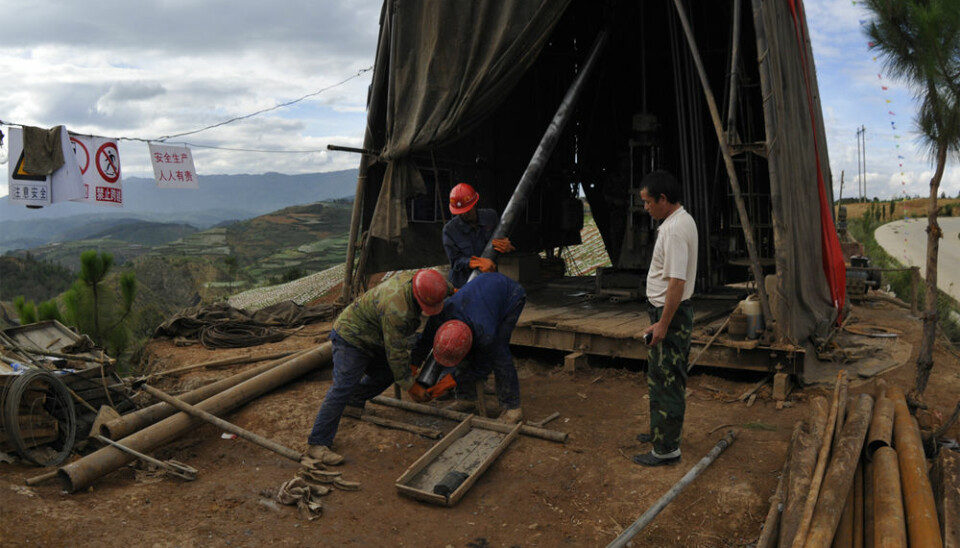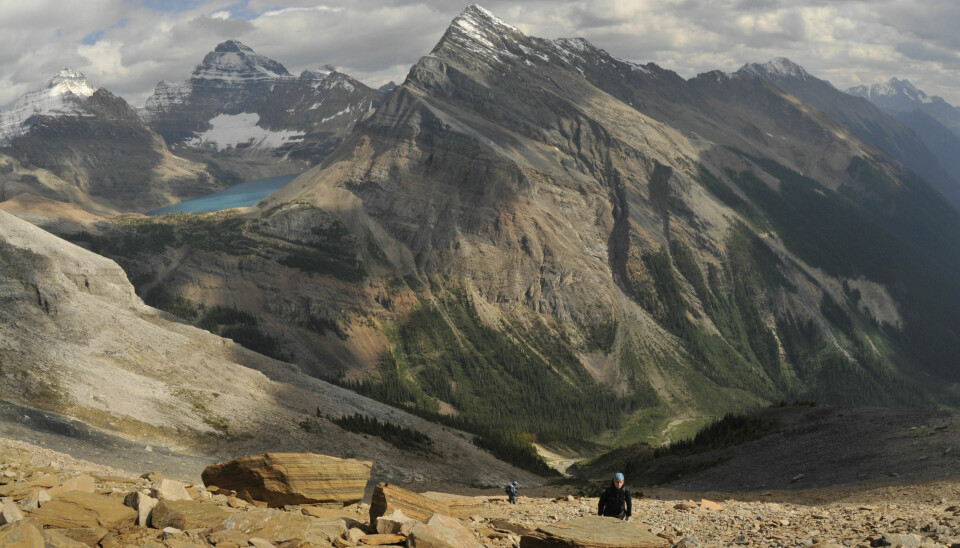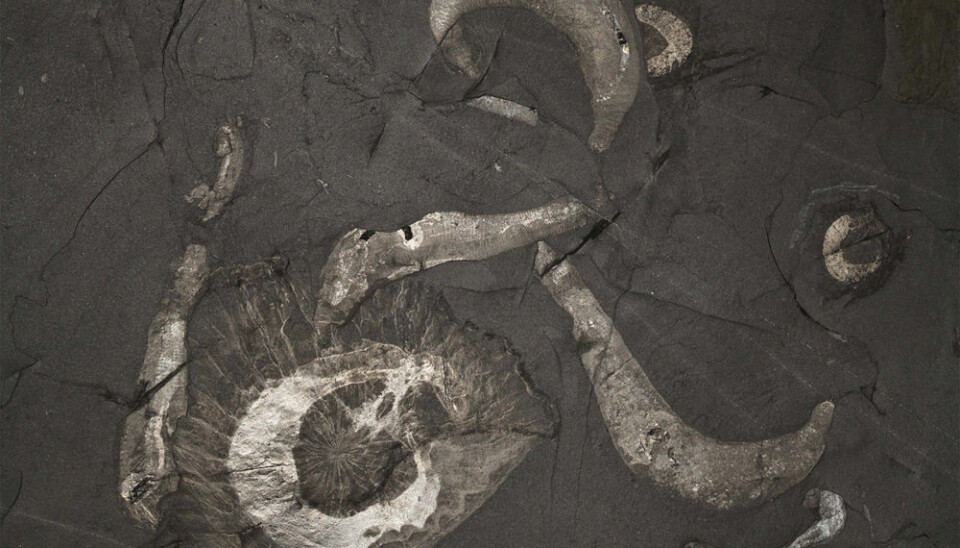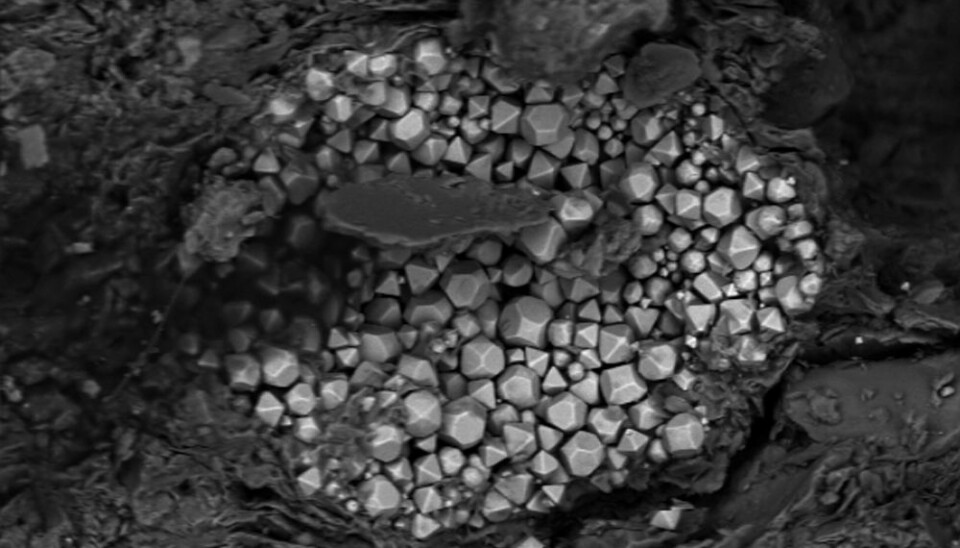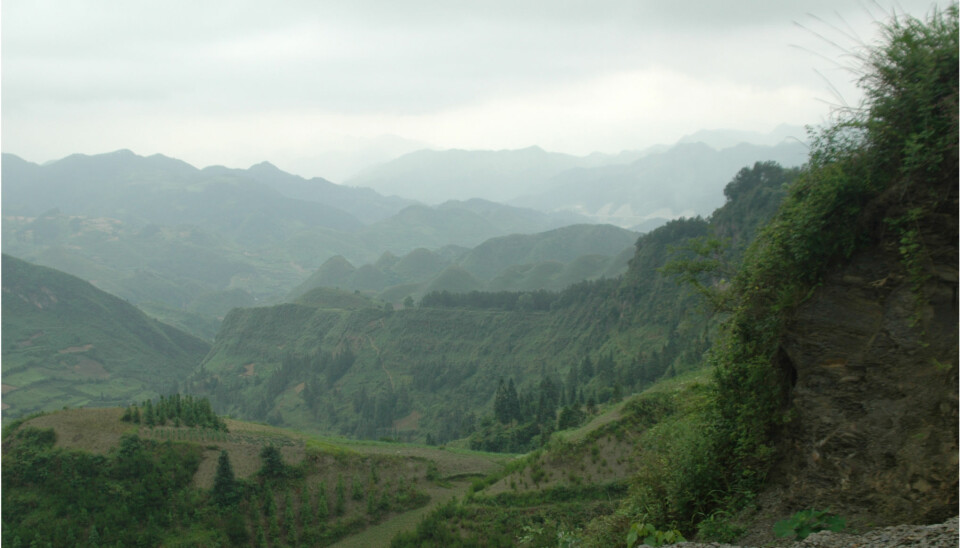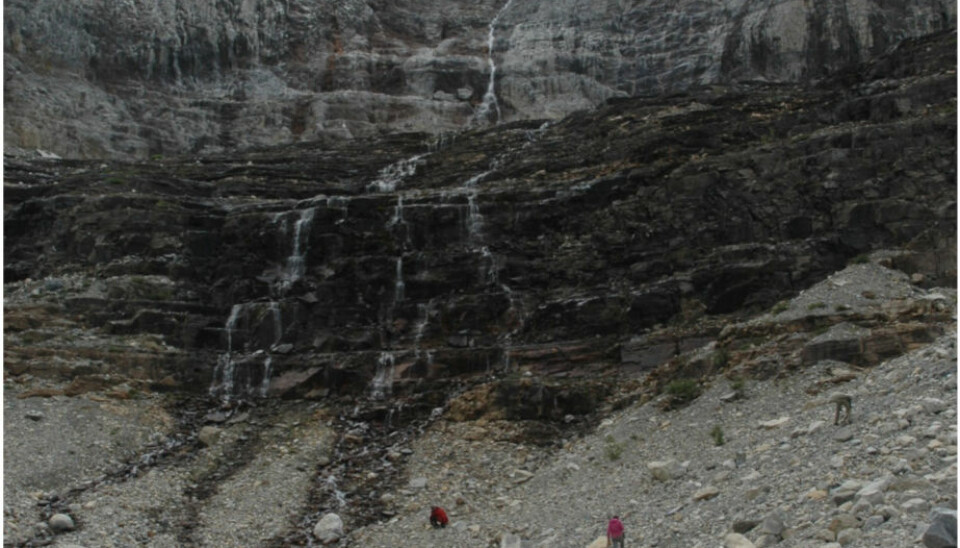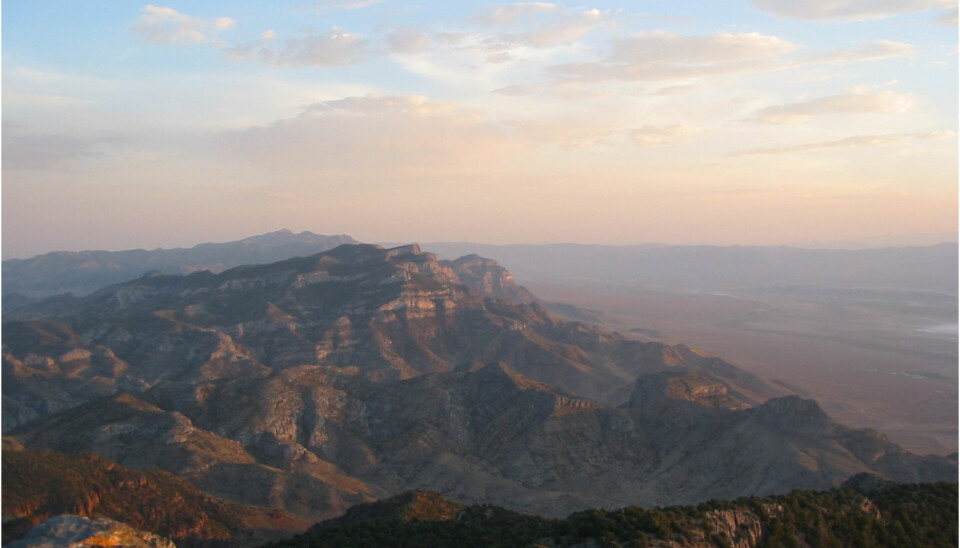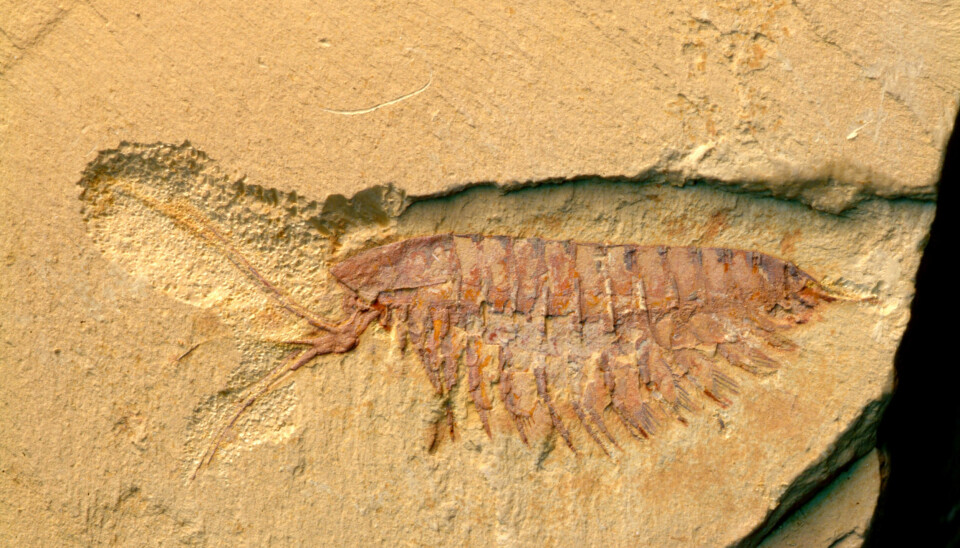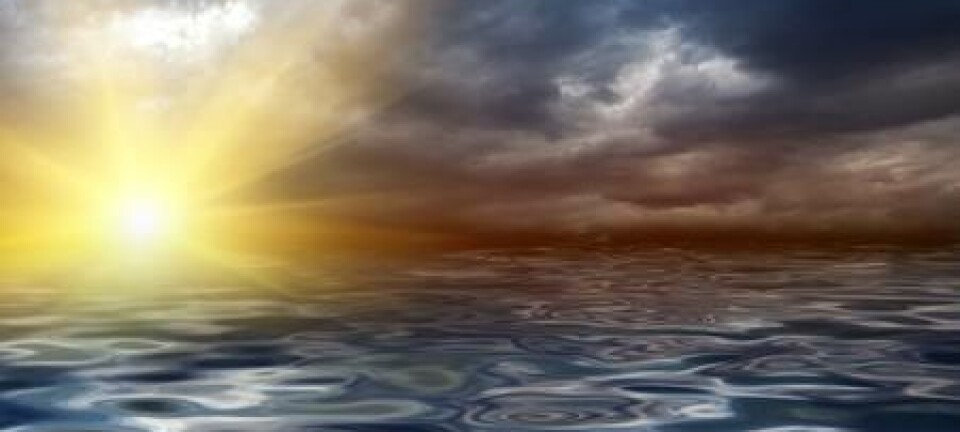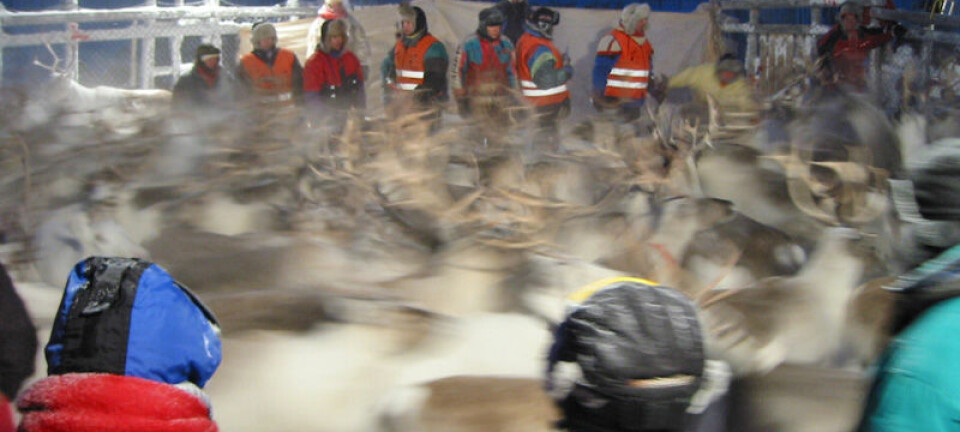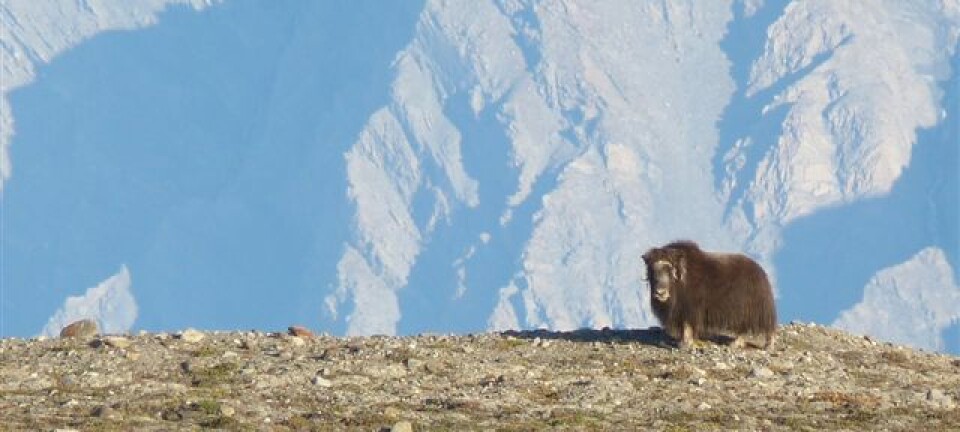World’s first animals were preserved in special sea bed
Researchers have discovered how impressions of small molluscs, which could decompose quickly, were preserved for more than 500 million years.
Today, bacteria decompose dead worms and other molluscs in the sea in just a few days – and sometimes in hours.
But that’s not what happened 543 million years ago during the Cambrian explosion, when the very first multi-cell, complex animals and a throng of new, advanced animal species started to appear everywhere in the oceans.
No matter whether they were shellfish, vertebrates or molluscs, they left meticulous impressions – fossils – in the sea bed, which preserved them.
How the many molluscs were preserved for millions of years in this way has long been a mystery.
Today, the amount of sulphate in the seas is so large that bacteria always have enough sulphur. Nature would not be able to starve bacteria of sulphur today, and it is therefore unable to make fossils of fauna as it did then.
But a team of researchers from Denmark, Sweden and China has now solved that riddle. The researchers have analysed samples of fossils from seven special areas of ancient sea bed with fossils from that time.
“Our results show that there were special conditions in the sea and sea beds that prevented the bacteria from decomposing the molluscs,” says Emma Hammarlund, a PhD student at the University of Southern Denmark’s Institute of Biology and one of the researchers at the Nordic Center for Earth Evolution (NordCEE) who made the discovery.
“The bacteria that are normally active in degrading soft tissue did not work very efficiently as the sea bed and the sea water were poor in the substances that fuelled the bacteria’s metabolism.”
A history book of the Cambrian explosion
Around the world there are still areas that are rich in fossils from the Cambrian age, and these fossils form a history book of the event that is considered to be one of the most important milestones in the history of life on Earth.
The most famous of these areas is Burgess Shale in Canada’s Yoho National Park in the Rocky Mountains. What are today the national park’s barren and steep escarpments were once a flat, living sea bed; everywhere you can find fossils of prehistoric creatures that left impressions in leaves of slate strewn higgledy-piggledy in great mounds.
The first fossils of molluscs from the Cambrian explosion were found in Burgess Shale by the American palaeontologist Charles Doolittle Walcott of the Smithsonian Institution in 1909. Since then, scientists have mulled the question whether there was something special in the sea environment back then that hindered the decay of the molluscs so much that they were fossilised.
Samples from around the world
Hammarlund and her colleagues travelled the world to solve this riddle. They visited the seven best-known areas with fossils from the Cambrian explosion and collected samples in the form of fossils and minerals.
Geologists and palaeontologists have primarily been interested in examining the fossils, but Hammarlund and her colleagues wanted to study the shale and slate containing the fossils, as these materials can tell us about the special chemistry of the young ocean.
When the researchers returned to their laboratories they subjected the samples to a large number of tests to determine the chemical composition of the samples.
The researchers’ analyses indicated that there are three reasons why the animals were fossilised:
1. The dead creatures were encapsulated by a fine-grained, clayey sea bed
2. The dead creatures were protected by a layer of ‘cement’ made up of calcium carbonate (CaCO3)
3. The sea contained little sulphate, a salt of sulphuric acid
By themselves, these three factors would not have been enough to form the very detailed impressions in the fossils, but they could when combined.
Bacteria had no access to sulphate
The only organisms that could have decomposed the dead creatures that ended up in the deoxidised environment of the sea bed were bacteria, which needed sulphate for their metabolism.
The dead, clay-covered creatures had so little sulphate that the bacteria could not function properly and were therefore unable to degrade the creatures’ tissue efficiently.
The layer of calcium carbonate ‘cement’ that soon covered the dead creatures as they lay on the sea bed further hindered the work of the bacteria. This ‘cement’ sealed the dead creatures and prevented sulphate from the sea reaching the bacteria, further hindering the bacteria in degrading the dead creatures’ tissue.
The dead creatures remained untouched by bacteria for so long that finely detailed impressions, exact representations of the smallest facets of the creatures’ bodies, were made in the sea bed thanks to the ultra-fine clay grains surrounding them.
“The sea bed has not just made an impression of these creatures – it also shows that the bacteria did not degrade them completely,” says Hammarlund.
“The fossils contain a thin film of carbon from the molluscs, which documents that the bacteria did not degrade the dead creatures completely. The bacteria took such a long time to decompose the dead creatures that a thin film of the creatures’ original carbon has been preserved in the impressions.”
Bacteria preferred light sulphur
Having studied pyrite – bacteria excrement – in the sea bed, the researchers now know that the bacteria then had a hard time. Pyrite contains the sulphur that was part of the sulphate that the bacteria originally breathed. During the bacteria’s metabolism, the sulphate was separated into its components and the sulphur was excreted.
Sulphur has a number of variants, called isotopes. Bacteria prefer a sulphate that contains the light sulphur isotope. With only a little sulphate in their environment, and none of the light sulphur isotope, the bacteria had to make do with the heavier versions.
“We have determined the quantities of sulphur isotopes in the pyrite in the fossils,” says Hammarlund. “The isotopes in the clay-encapsulated fossils were very heavy, which tells us that the environment had little of the light sulphur isotope, which is the preferred source of energy for bacteria. The bacteria therefore had to make do with the sulphate that was available, including the heavy sulphur isotopes, to survive.”
She says it was “super good timing” when the sea bed formed fossils of the whole of the animal life of the Cambrian age, as it has given researchers a unique opportunity to describe precisely what happened then. Without the fossils of molluscs we would have a skewed picture of the Cambrian explosion and therefore we would not be able to describe the true development of animals.
“Taken together, all the fossils have formed our understanding of why today’s animals developed so quickly and why they look the way they do today,” she says.
Special chemical composition of the sea disappeared
The ability of the sea bed to make impressions of all creatures was only temporary, as the chemical composition of the sea changed over time – partly because the amount of sulphate in the sea increased, partly because the environment stopped forming the protective layer of ‘cement’.
Gradually, as more and more creatures arose, especially worms that ventilated the sea bed, the sea water grew richer in both oxygen and sulphur, which gave the bacteria new strength. Molluscs were degraded with increasing speed, so they were no longer fossilised.
“There was only one Cambrian explosion and luckily we have been able to describe it in great detail,” says Hammarlund.
“The Cambrian age was an extremely vital time because it was right at the start of the history of animal life on Earth.”
Translated by: Michael de Laine
